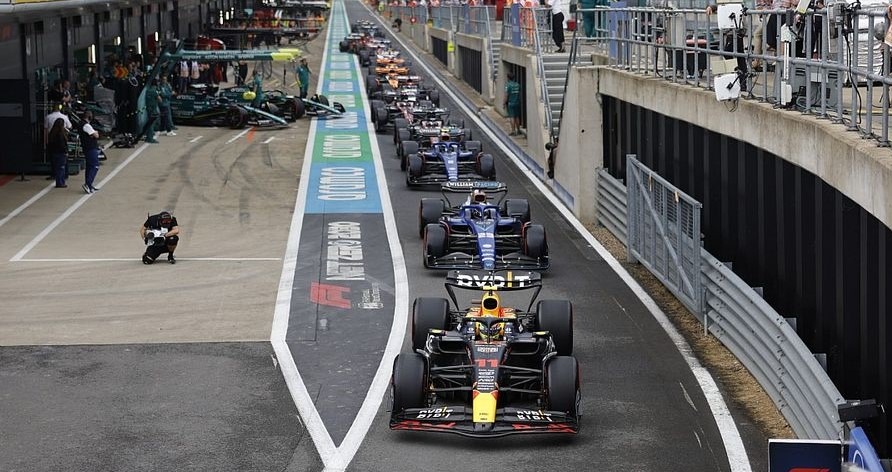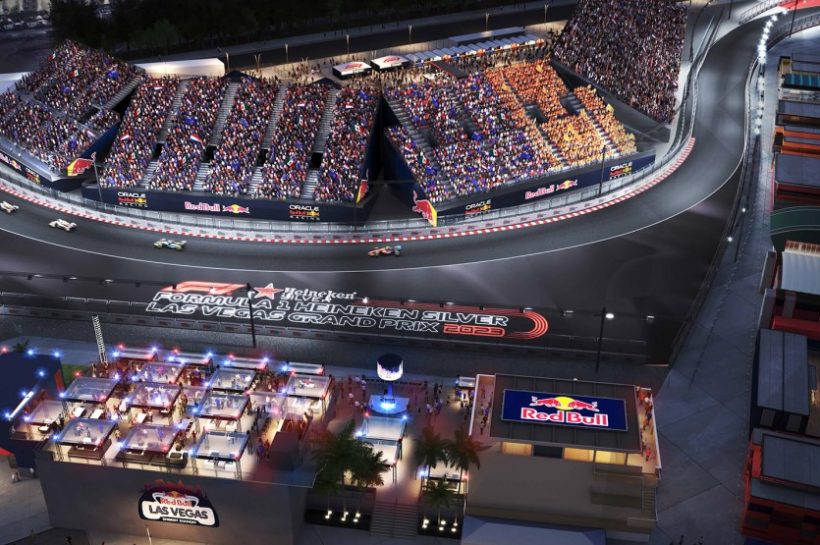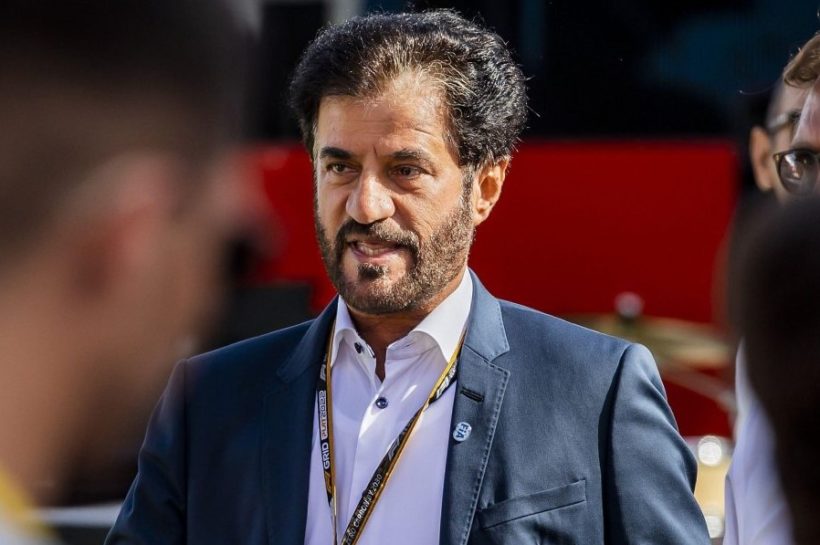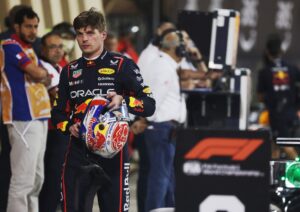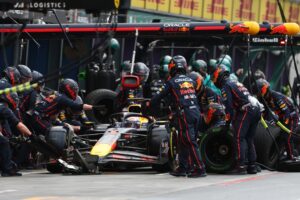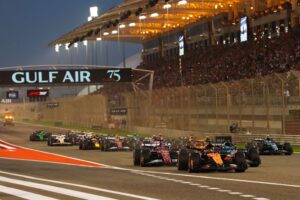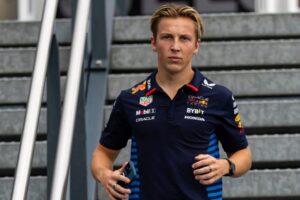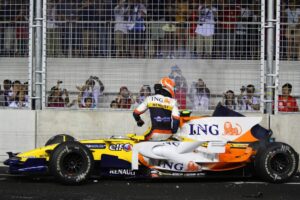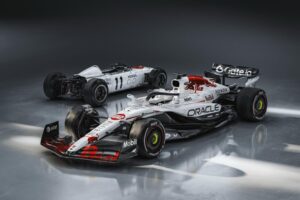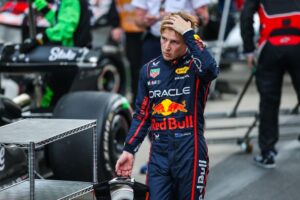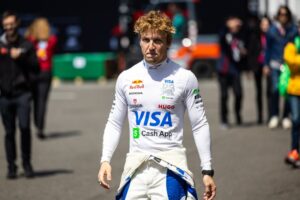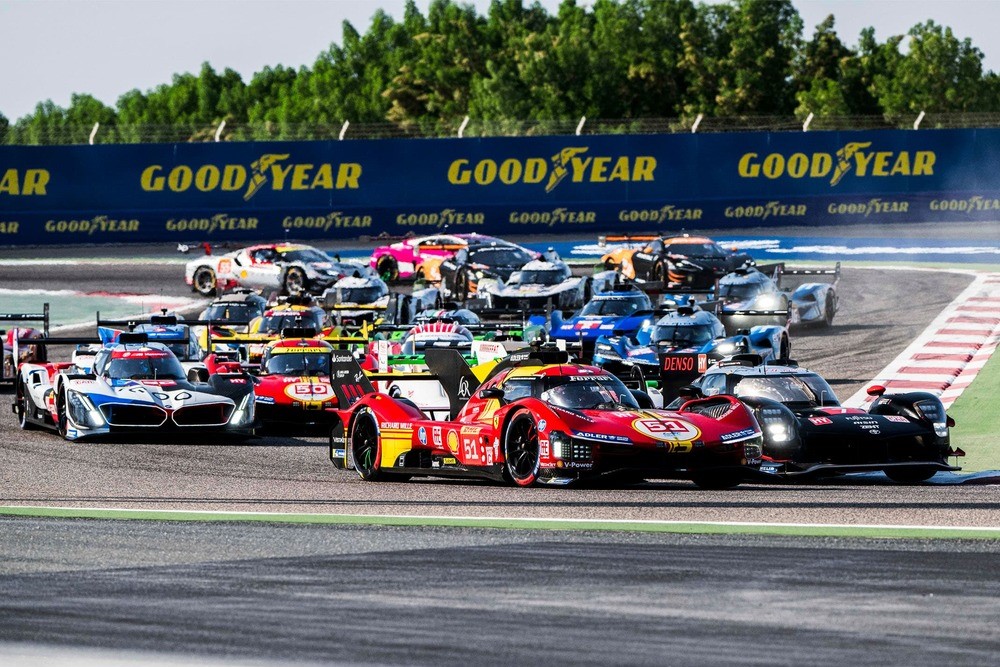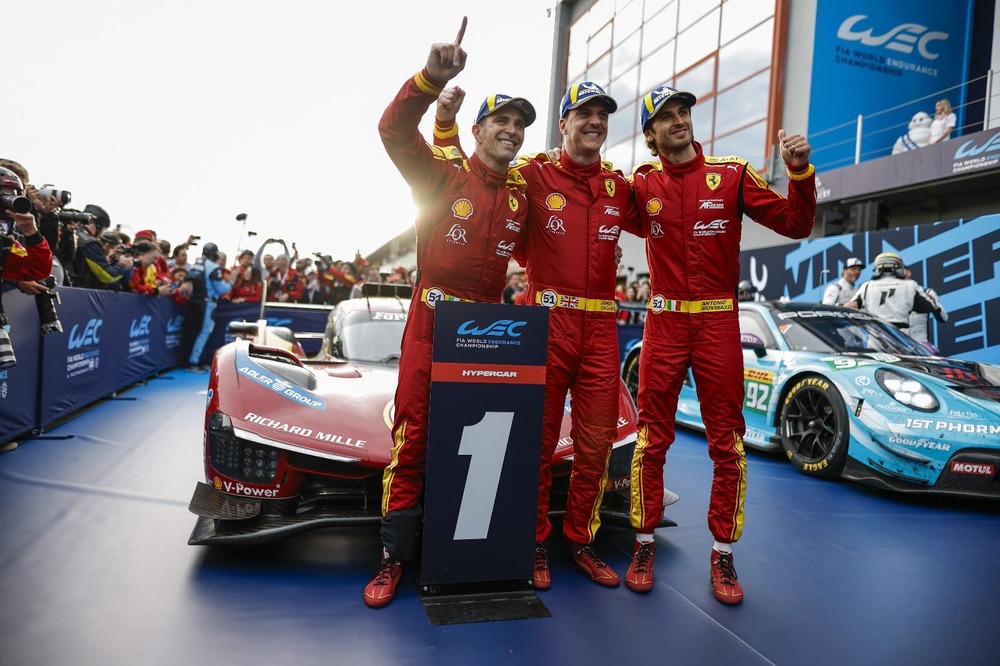On behalf of the FIA, Formula 1 race director Niels Wittich has made the decision to forbid drivers from stopping on the fast lane inside the pit lane due to recent incidents resulting from impeding.
For the Brazilian Grand Prix qualifying sessions, Formula 1 drivers will not be allowed to stop in the fast lane of the pits as the FIA maintains its crackdown on impeding.
Recent changes to the maximum length of time that an out-lap might be made in order to prevent hazardous, slow-moving traffic during qualifying had an unforeseen impact.
Several drivers were flagged down by the stewards for obstructing traffic in the pit lane by halting their cars in the fast lane and impeding traffic behind them during the United States Grand Prix and Mexican Grand Prix rounds, respectively.
At the Mexican Grand Prix, Max Verstappen, Fernando Alonso, and George Russell were all summoned by the stewards and eventually cleared over pit-lane impeding. This allowed drivers to take an advantage by having a car get far ahead of them on the track by taking longer to leave the pits.
Furthermore, McLaren boss Andrea Stella was granted his request after pushing for adjustments ahead of the Brazilian Grand Prix.
Any driver who attempts to trim the gap going forward by remaining in the fast lane will be considered to have been driving “unnecessarily slow” and will be subject to stewards’ sanctions.
“As per Article 33.4 of the Formula 1 Sporting Regulations, drivers are not allowed to go unnecessarily slow, that includes stopping a car in the fast lane of the pit lane,” a statement from Formula 1 race director Niels Wittich read.
“During the [sprint] shootout and qualifying, drivers may create a gap between the pit exit lights and the SC2 [Safety Car 2] line. Any driver who wishes to do so must drive as far to the left as possible to allow other drivers to pass them on the right side of the pit exit road.”
After the Mexican Grand Prix Max Verstappen expressed confusion over the purpose of the pit-lane obstruction probe and asked for an alternative course of action.
According to the Dutchman, the pits are the only secure area to pull ahead of other cars while still adhering to the maximum lap time delta, which stretches from Safety Car line 2 to 1.
“I think it’s all imperfect at the moment, so we need to come up probably with something else, but it’s hard,” the triple world champion said. “Just the thing I don’t understand is like everyone is trying to make a gap now in the pit lane, which is the only place where we can do so.
“So I don’t really understand how you can be impeding someone. I think we have to be a little bit more lenient with that, knowing that it’s a safe environment.
“I mean, we’re driving really slow, it’s the only place where we can make a gap because, I mean, we drive out of the box and of course we are in the beginning of the pit lane, we don’t know of course what other people are doing.
“So you are constantly of course then trying to judge the gap. You don’t want to start a lap within three, four seconds of someone, because that’s really bad for following.
“But then on the other end, if we wouldn’t have had this kind of minimum lap time, then maybe you have some impeding into the last sector again.
“So it’s quite tough I guess to find a good compromise.”
Drivers will now need to figure out an alternative method of opening gaps to a car ahead without exceeding the allotted time as a result of Wittich’s rule change.

